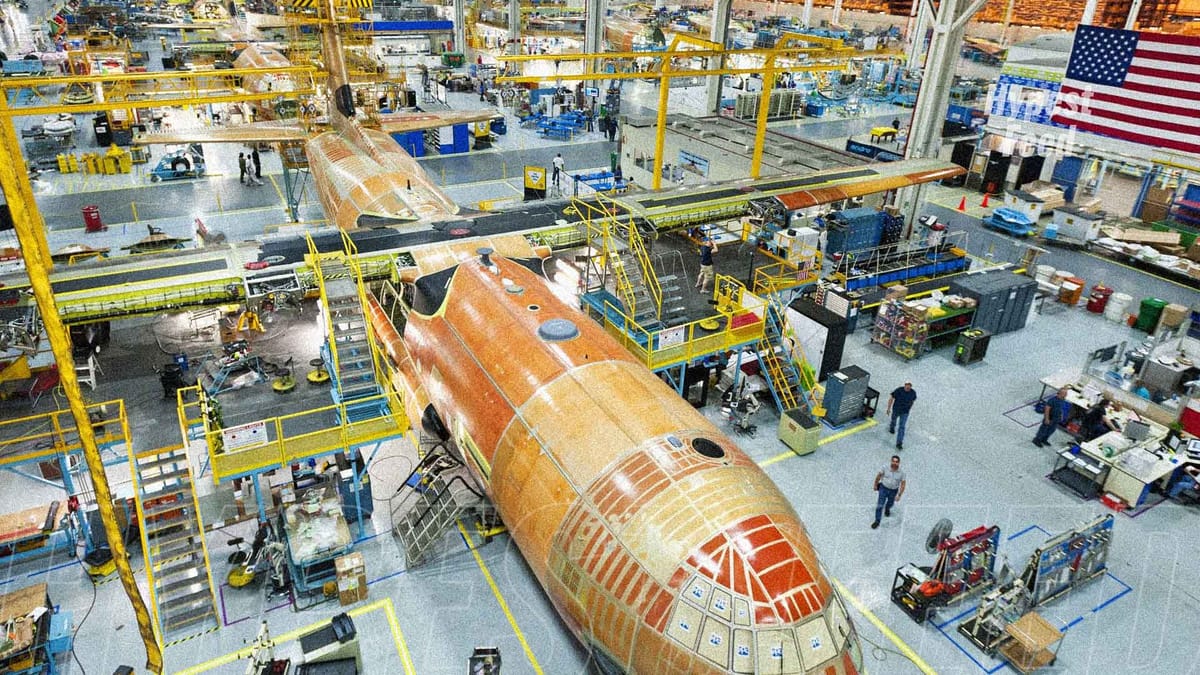Amidst China's military spending surge, American aerospace giant Lockheed Martin continues to play a pivotal role. Since 1954, their iconic aircraft, dubbed the "Hercules" or "Herc," has left an indelible mark on military aviation and Georgia's economy where it's produced.
With over 70 years of production, Lockheed Martin has churned out 2,700 Hercs, half of which are still in service. Kevin Maher, Lockheed Martin's Director of Production Operations, emphasized the workforce's dedication, underscoring the aircraft's criticality.
Currently, the company focuses on the C-130J "Super Hercules," boasting over 540 deliveries to 22 nations. This model, in eight variants, offers diverse capabilities tailored to specific missions, capable of carrying up to 46,700 pounds with impressive range and speed.
Notably, the C-130J's ability to operate from short, rough runways enhances its utility. Rod McLean, Lockheed Martin Marietta's V.P. and General Manager, highlighted its unique versatility, spanning aerial refueling, tactical airlift, surveillance, and gunship roles.
The aircraft's appeal extends beyond the U.S., attracting global interest. Maher outlined the sales process, often involving the State Department's vetting, with configurations adapted to foreign customers' needs through commercial or military sales channels.
Maher also highlighted the enduring legacy of the aircraft, noting that some manufactured as far back as the early 1960s are still operational today.
"They've only improved with time," he remarked.
He elaborated on Lockheed Martin's strategy for maintaining these aircraft's airworthiness and relevance amidst technological advancements.
"Remarkably, we have a robust sustainment operation ensuring continuous production of parts and capabilities, evolving the aircraft's functionalities to keep pace with modern demands."
"Despite the passage of time, it remains unparalleled in its ability to fulfill its designated roles," he concluded.



Member discussion: